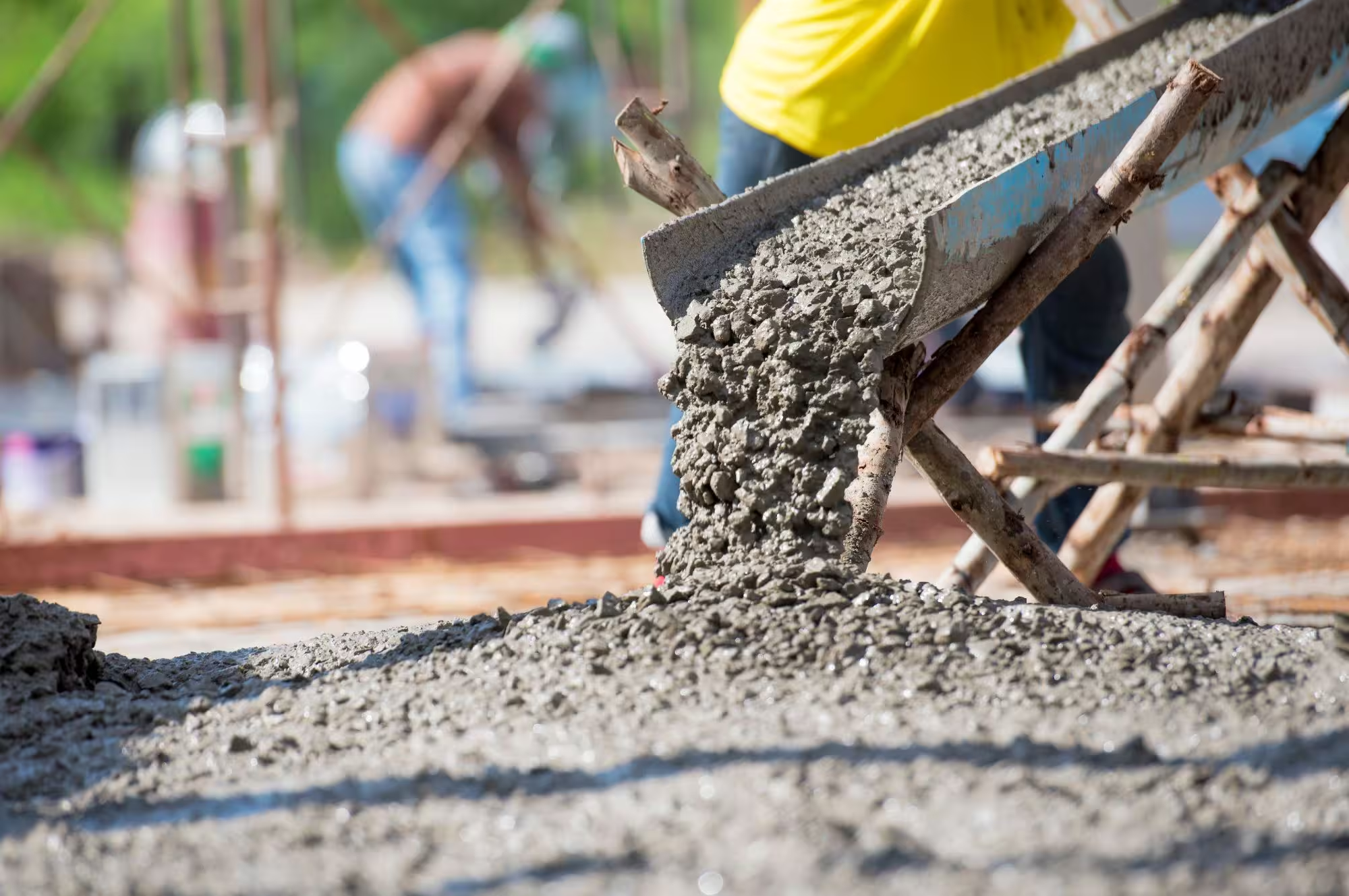Predicting the carbon-neutral progress of cement-based materials in their whole service life

Cement-based materials, the most widely used material after water, see an annual consumption of over 4.1 billion cubic meters. Despite their manufacturing contributing approximately 8% of global embodied carbon, these materials can naturally reabsorb atmospheric CO₂, incorporating it as stable forms of CaCO₃ or MgCO₃ throughout their service life. The challenge lies in accurately predicting the contributions of both embodied carbon and CO₂ reabsorption to the carbon-neutral progress of cement-based materials over their lifecycle. While there have been attempts to address this challenge, none have gained widespread acceptance.
The project aims to develop a carbon-neutral model for various cement-based materials and applications. The core scientific issue is understanding and predicting the formation and distribution of CaCO₃ and MgCO₃ in these materials. A comprehensive software package and guidelines manual, accompanied by case studies, will be proposed to facilitate the adoption of the carbon-neutral model. Additionally, several dissemination and public engagement activities are planned to enhance the project’s impact.
The proposed modelling techniques will provide IPCC and EC Construction Sector with an approach to evaluate the carbon-neutral progress of cement-based materials. It will, in turn, offer EC Environment Department a specific quantitative estimation to propose policies to speed up the carbon-neutral progress.
